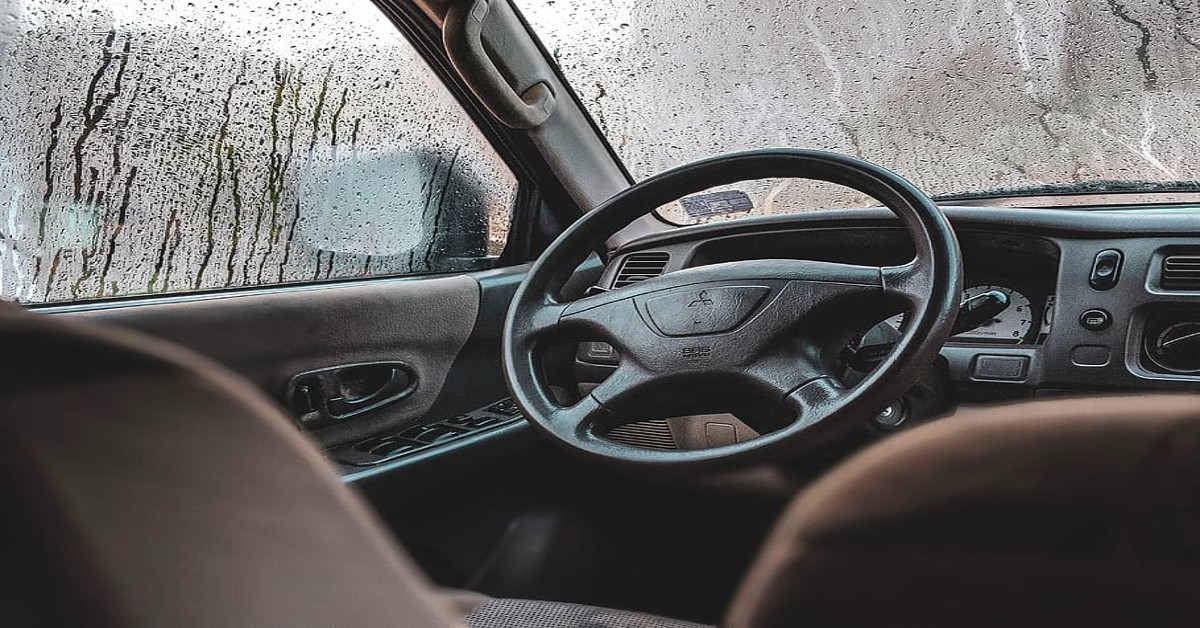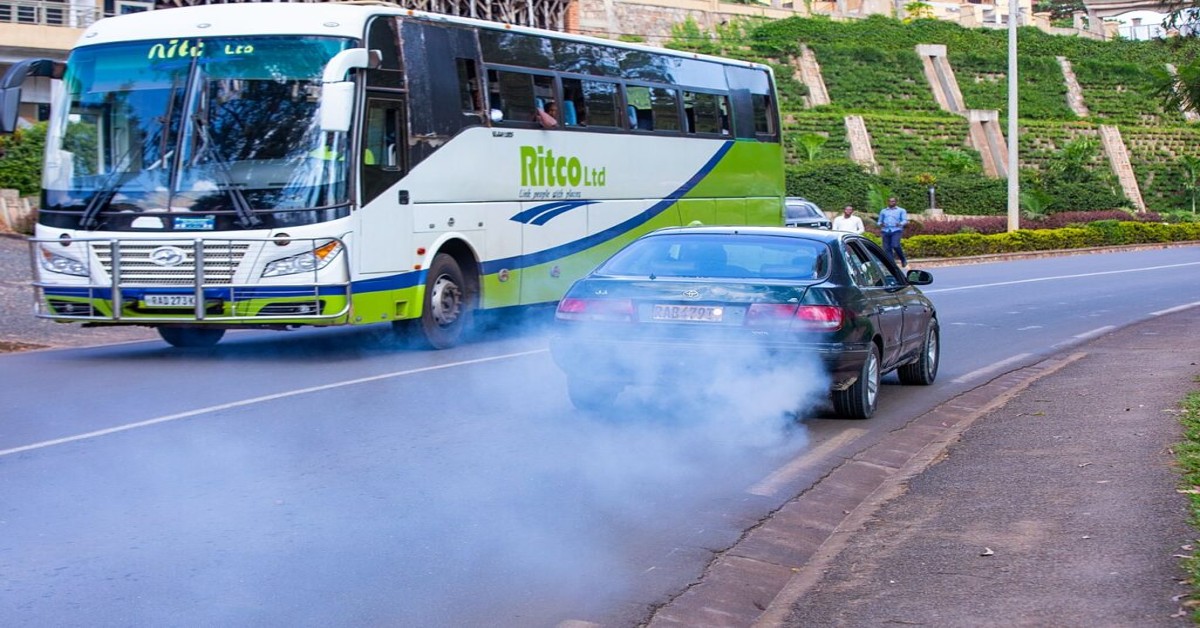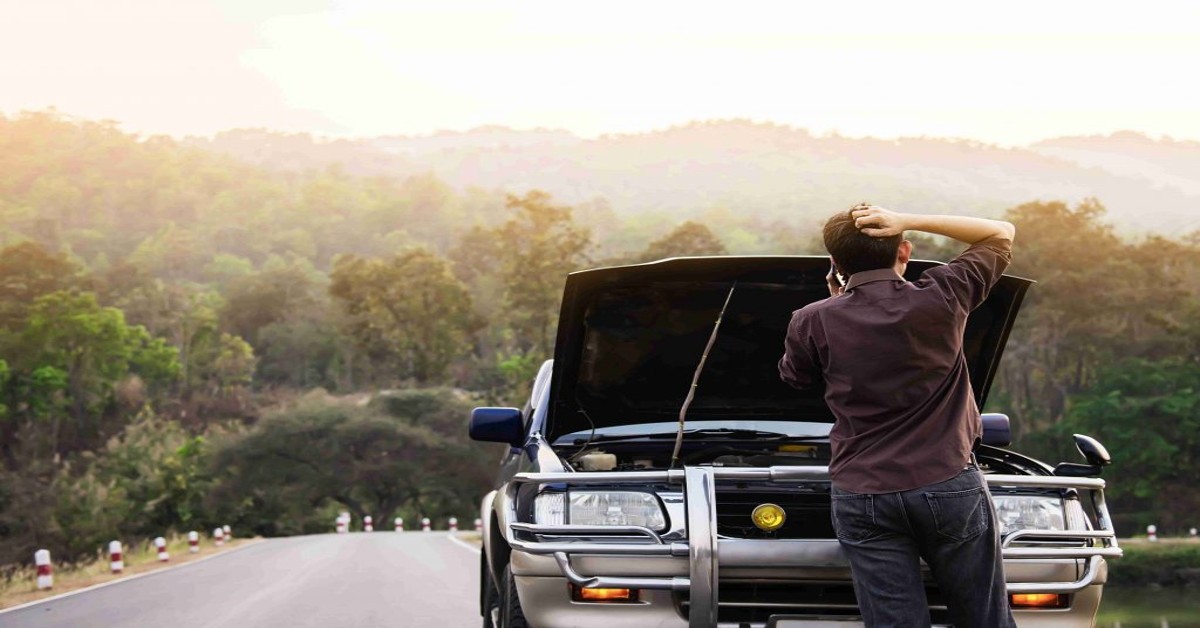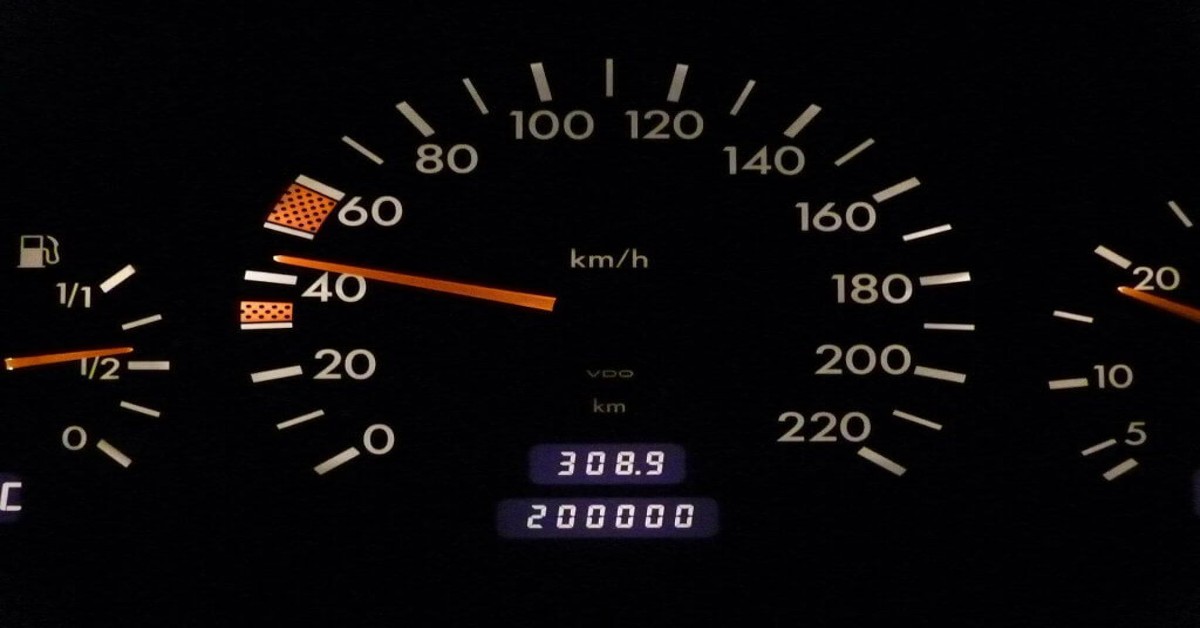The months of Monsoon are quite peculiar times. Many look forward to it for the pleasant time of the year it is, others simply dread its stormy and wrathful sight. But what makes monsoon so strange is its unpredictable nature. Going out for a drive in monsoon is not a regular stroll in the park. And in India where roads are flooded with water with just a tad bit of rain, a short commute to work can turn into a long laborious journey. You can expect to get stuck long hours in traffic, experience the discomfort of grubby seats, fogging all around the cabin – all around the season.
But that’s not the end of it. For your car, these months leading up to autumn are an endless battle of blights, corrosion, moisture, rain, storms, and many, many other things.
Monsoon guarantees to expect unexpectedness. But that might not be quite enough to get through it. What one is needs here is an action plan. An actionable plan that guides them and makes them better equipped for the curveballs the road might throw in these months.
Table of Contents
Tread Check
The general wisdom that dictates the timeline of tire replacement states you only need to change your tires when the tread depth gets low, which couldn’t be more vague and further from the truth. Waiting for your tires to go bald to replace them is simply inviting trouble. And when grey clouds are upon you, you really shouldn’t have your head in the clouds and expect to drive normally.
Tires that have undergone significant tread usage can begin to underperform, skid, and prove extremely risky. The best way to check whether you need a tire replacement is by doing a tread check-in using a coin. Just grab a 10 rupee coin and place it inside the tread mark of the tire. Ideally, the coin should be no more than two-fourth of the way up to pass normal drivability standard. But in case the coin is completely over the edge, it’s best to replace it immediately.
Checking The Brakes
Besides making sure you have enough tread depth, it is also crucial to have your brakes serviced before driving in the rain. Making sure certain aspects of brakes such as the brake fluid, calipers, and pads are in proper working order is highly recommended.
On a wet turf, improper brakes might not perform well and may even skid, which could put you at risk of a steering lock if you do not have ABS. In addition to a secure grip, it is equally important to have your brakes in proper order to minimize the risks of driving in monsoon.
New Wiper Blades And Fluid
What would happen if all of a sudden your wiper blades stopped working in the middle of heavy rain? Or if the old ones aren’t able to clean as properly because of worn down pads and old, contaminated fluid?. It would probably be a hell of a task to get-go and get through such a situation.
Well-functioning wiper blades, both on the rear and front are quite possibly the most important thing you need to ensure while servicing and preparing your ride for monsoon. One easy way you could make sure sufficient quantities of wiper fluid in your washer bottle is by simply adding more wiper fluid or even just home detergent. And if you need new wiper blades you can get for free on your next car service with VehicleCare.
Car AC Disinfection
The insides of your AC vents become a breeding ground and a cozy home for various kinds of bacteria during the months of monsoon. It’s an inevitable situation that comes with rain as the moisture released inside the AC cabin promotes the growth of bacteria and provides a comfy room to live in.
Under the current circumstance, such growth of bacteria cannot be allowed to fester, especially with elderly people inside. To prevent your car becoming a potential health hazard, it is advised to get your car deep cleaned and sanitized at least once a month and ensure the AC vents are cleaned on a weekly basis.
Underbody Coating
The underbody of your vehicle is not exempt from the adverse effects of rain either. In fact, it is actually much more susceptible to water from potholes, muddy water, and other curveballs one may find on the road. The bottom part of the vehicle stores some of the most vital parts of the system such as the starter, catalytic converter, o2 sensor, etc. It is because of this that you cannot afford to leave the most vulnerable area of your car, unprotected.
Underbody coating bolsters your vehicle against rust, corrosion, and blights by protecting the most vital elements in its mechanism. Needless to say, this should be one of your priorities before taking your car out again in the rain.
Headlights and Taillights Check
One of the consequences of heavy rainfall is decreased visibility. In almost an instant a pleasant sunny day can turn into a gloomy malaise of heavy clouds. But this can especially be a problem at night when all you have to guide you through are your headlights. Having headlights in proper order is crucial as it not only acts as a guide for you but also informs other drivers on the road about you.
During monsoon, there are a number of problems that pose a hindrance to your visibility such as fogging of the headlamps, crack in the lamp casing due to rain, electrical malfunction, and many more. Dim or damaged headlights are one of the main reasons for accidents at night and when you pair that with inhibitions from heavy rain, driving does not remain a straightforward task. It is often hard to find an immediate fix for such a problem so make sure you are prepared in every way to reduce the chances of a headlight malfunction.
Battery Check
While automotive batteries are not at the tender mercies of water like any other electrical equipment you would know, the wires and switches, and fuses are still easily corruptible by moisture. The battery is protected by a casing that can resist water, however, in cases where it develops a crack or chip, it may cause water to seep in and dilute the acid inside the battery. So before going into the rain, check if your car battery isn’t warped bent, or damaged in any way.
Ceramic Coating Or Paint Protection Film
Rain doesn’t damage the paintwork of your car like a toxic substance, but the effects of prolonged exposure in monsoon aren’t inconspicuous either. Long drives under heavy black clouds or sitting in an open driveway can produce noticeable changes in the appearance of your car. And not for good.
This can make your otherwise pristine paint look dull and dimmer. Additionally, the pollutants and salt contained in rainwater can also seep deeper forming a layer of toxicity that slowly eats away at your paintwork. Having your car layered with a protective film or ceramic coating can greatly reduce the chances of paint depreciation and keep its shine lasting new.




